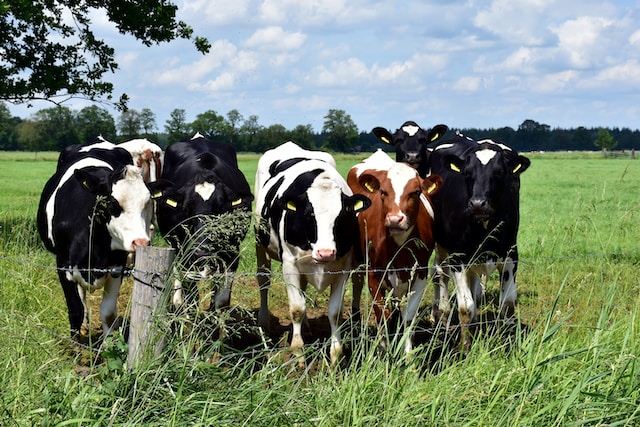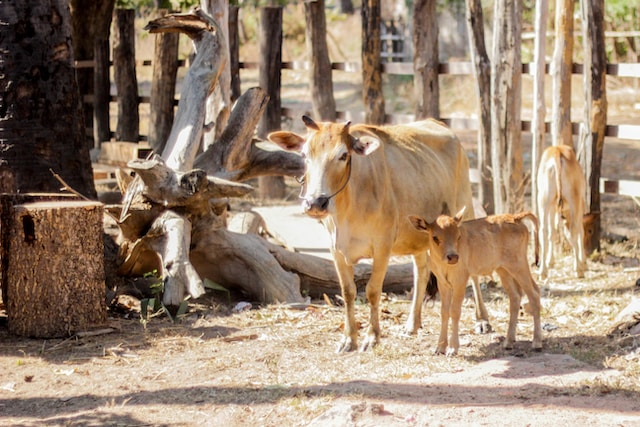Cattle breeding is an essential aspect of livestock farming that has experienced significant growth and innovation in recent years. For centuries, cattle breeding has been a critical means of providing food, milk, hides, and other resources for human consumption. Over time, this practice has evolved into a complex science that allows us to maximize the production of these valuable animals. This post serves as a comprehensive guide to understanding the basics of cattle breeding, including its history, benefits, and modern-day techniques.
- History of Cattle Breeding
Cattle breeding started in prehistoric times when humans first domesticated large animals. In the early years, people selected the largest and strongest animals for breeding, which resulted in larger and more muscular offspring. Over time, selective breeding from this process resulted in numerous breeds of cattle, each with its unique physical characteristics, temperaments, and production capabilities. Today, cattle breeding has improved significantly from this early process, thanks to technological advances that allow for greater control over the breeding process. - Benefits of Cattle Breeding
Cattle breeding has several benefits, including increasing productivity, improving the quality of meat and dairy products, and increasing resistance to diseases and environmental stressors. Through genetic selection, farmers can choose cattle breeds that are best suited to their production systems, increasing their efficiency and reducing production costs. Moreover, breeding can help to increase the yield of meat and milk per animal and improve the nutritional content of these products. Additionally, through genetic diversity, farmers can increase the resistance of cattle to pests, disease, and climate-related stressors. - Modern-Day Techniques for Cattle Breeding
Based on advances in genetics research and technology, several modern-day techniques enhance cattle breeding’s productivity and efficiency. Artificial insemination, for instance, increases the number of cattle that can produce offspring of quality traits. Similarly, embryo transfer implants high-quality embryos sourced from elite cows into others to produce offspring with superior genetics. Additionally, genomic selection uses complex algorithms and data analysis to identify cattle genetics with high economic value, thereby helping farmers to make better breeding decisions. - Breeds of Cattle for Different Production Systems
There are several breeds of cattle, each with its unique characteristics, production capabilities, and adaptability to different environmental conditions. For instance, dairy cattle, such as Holstein, Jersey, and Brown Swiss, are ideal for milk production. Meanwhile, beef cattle breeds, such as Angus and Hereford, are well adapted to produce high-quality meat. Furthermore, dual-purpose cattle, such as Simmental and Red Poll, can produce both milk and meat, making them ideal for small-scale farming. - Best Practices for Successful Cattle Breeding
To create a successful cattle breeding program, farmers must carefully plan and manage their approach. This involves selecting the right breeding practices for their specific goals, improving cattle nutrition and health care, and enhancing their operational efficiency. Moreover, breeders must take proactive steps to monitor the health and productivity of their herds and create a process of continuous improvement by tracking cattle performance metrics, such as genetic gains and selection accuracy.
Cattle breeding has undergone significant changes in recent years, thanks to advances in technology and genetics research. With these innovations, we can now select for high-quality genetics traits, making it possible to create more productive, disease-resistant, and efficient herds. To succeed in cattle breeding, farmers must incorporate the best practices discussed above and continually monitor and refine their breeding programs to enhance herd productivity and adaptability to different environmental conditions. Overall, cattle breeding is an exciting practice with many benefits that promise to provide food security to society for years to come.



